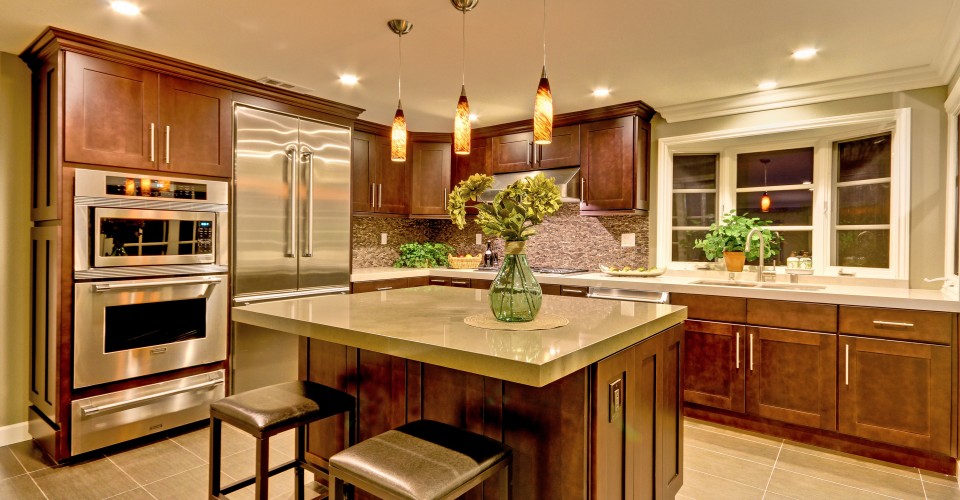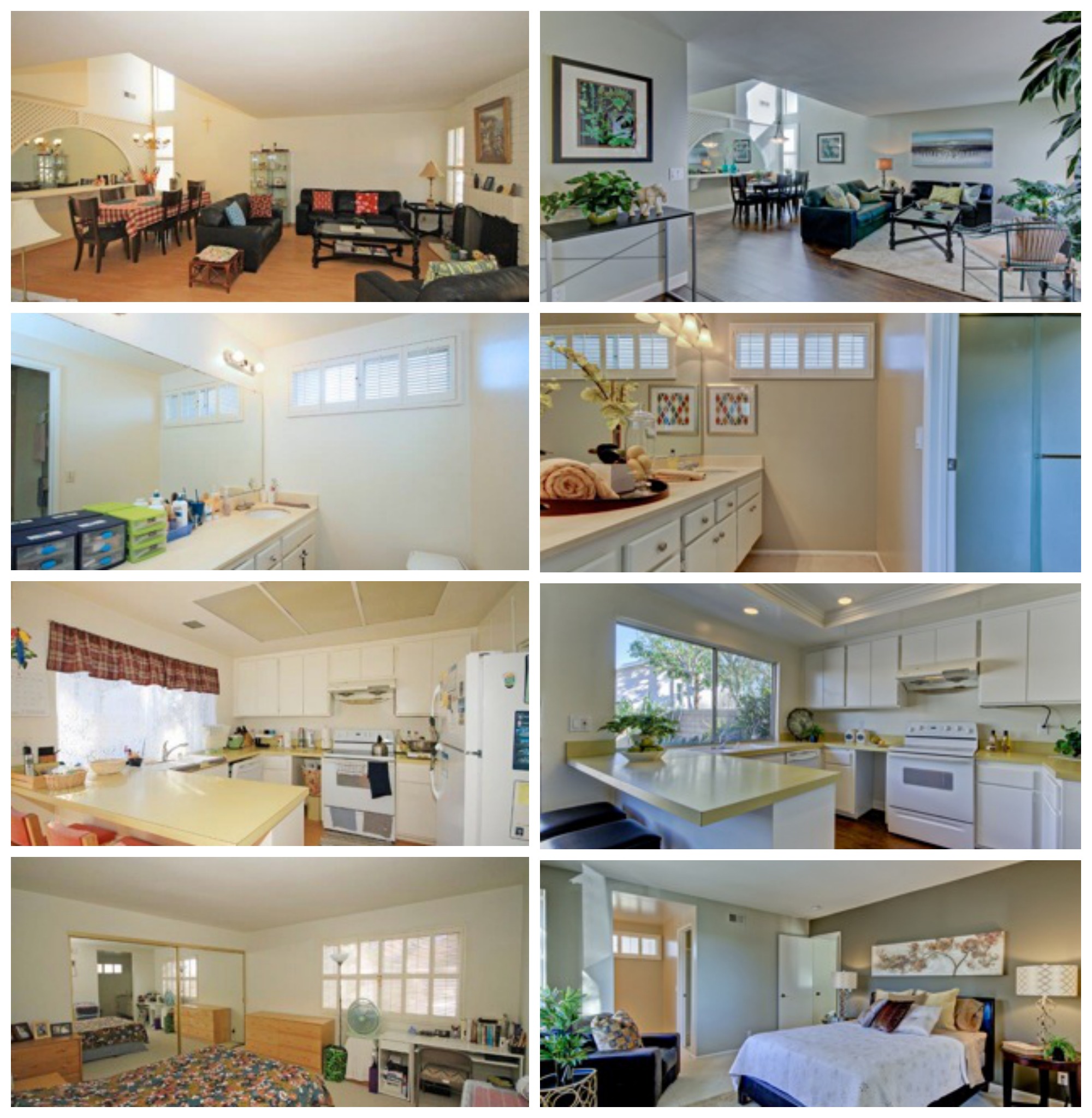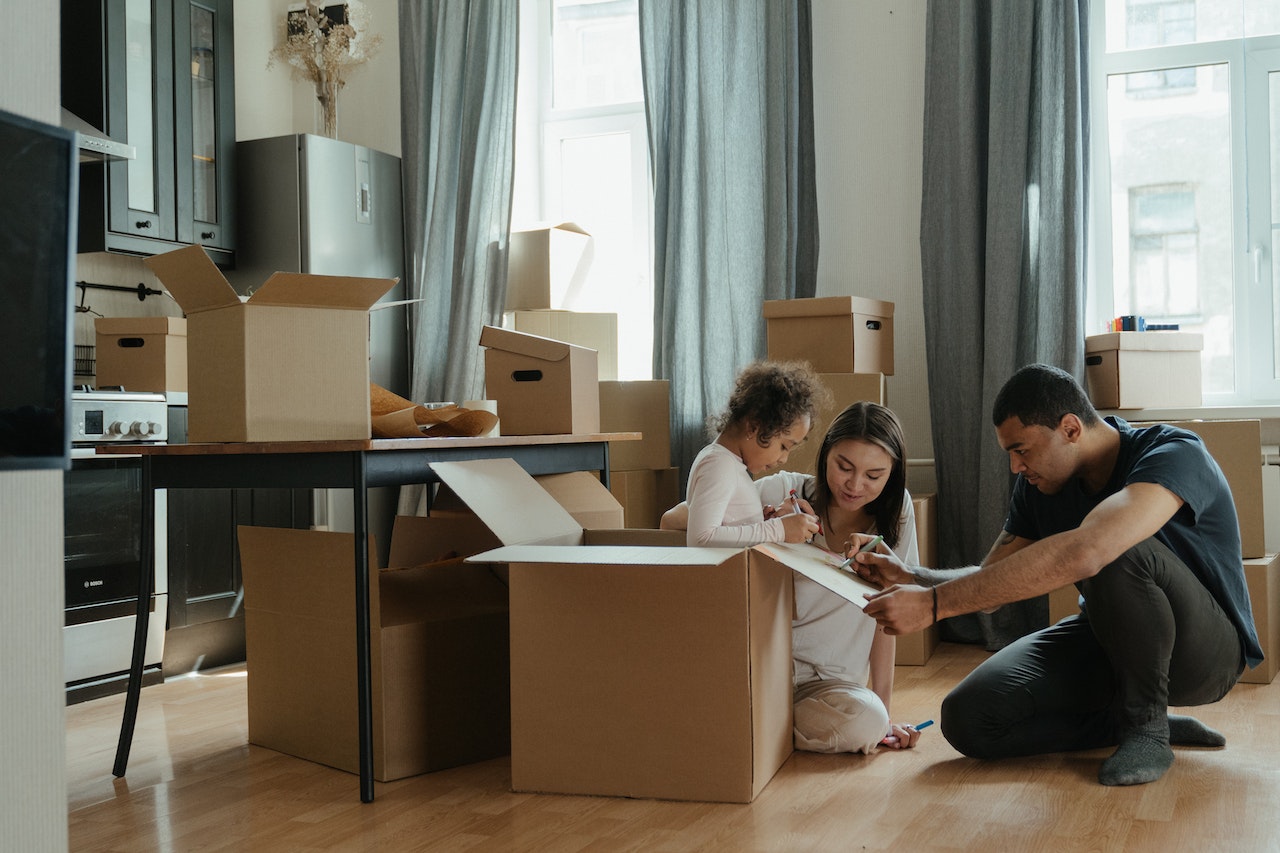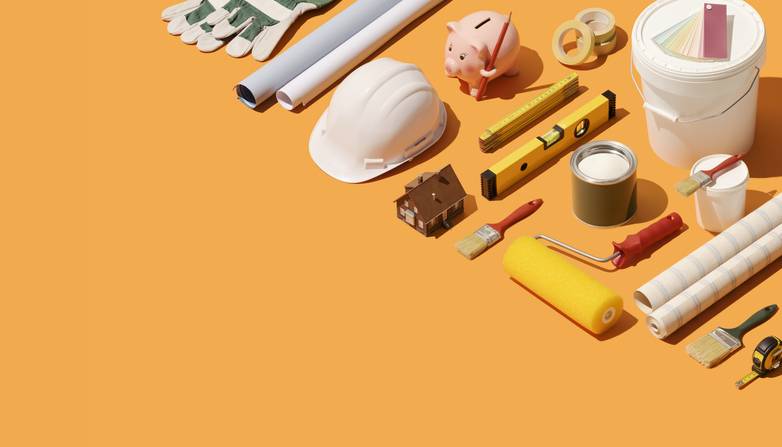Prospective home buyers are more informed than ever when looking for their next purchase. According to the 2013 National Association of Realtors® Home Buyer and Seller Generational Trends, 90% of all home buyers use the Internet to search for their home. Prospective buyers are interested in the data surrounding a home (number of bedrooms, home history report, etc.) but what really catches their attention are the images of the home – how it looks. Making sure that your home looks as good as possible, and ensuring that prospective buyers can picture themselves living in your home, is a very important part of the listing process.
Hiring a professional home stager , who will help your home look it’s best, can be a wise investment. Unlike an interior designer or decorator, who expertly design the space for the family, a home stager designs a home to sell. We recently spoke with Diane Concialdi from DC Redesign Home Staging & Design to learn more about the home staging business.
Top 5 things to know before hiring a home stager
- Know what rooms you want to stage, your budget and how much you want to spend. Most stagers will work with your budget.
- Is the home staging project for a vacant or occupied staging.
- Compare pricing with other stagers and review their portfolios.
- Seek referrals
- Look for honesty and reliability based on testimonials
Professional home staging showing before (on the left) and after (on the right). Project cost: $2,500. Before being staged, this home sat on the market for 2 months. After professional staging the home was sold in 5 days.
What are some of the reasons why homeowners don’t use a professional home stager?
- Price: homeowners have a cost in mind and when it doesn’t fit into their budget, they decide to list their home without the home stager’s help first.
- Value: the homeowner doesn’t see the value of spending the extra cost.
- Time: the homeowner doesn’t want to spend the extra time finding a stager and going through the process.
- DIY: some homeowner want to stage their home themselves.
- Risk: what if the home stager doesn’t provide a high-quality staging job?
- Lifestyle: Living in a staged home can be a problem if the family is too busy and cannot keep up with the “look” of staging.
What is usually your biggest task in staging: de-cluttering, bringing in new furnishings, or doing minor home improvement projects like painting?
Minor home improvements are usually done by the homeowner or the investor. I sometimes provide design for replacement of light fixtures, picking out paint colors and knobs for cabinetry. Rarely do I de-clutter but offer help to the homeowner who needs de-cluttering. I usually offer a “plan of attack” to declutter their own home. Home staging and clearing out unnecessary items are completely different.
Which home staging projects are good to DIY and which projects should be left to the pro?
Painting and packing up personal items are good to DIY for the homeowner. Technical changes (especially those that may require permitting) like electrical, plumbing and replacing flooring is best left to the professional.
When is your busiest time of year?
I am busy all of the time, in any season. However, the busiest time for real estate selling is April and May, for those who want to get ahead of the game and get less of the competition. The summer months of June, July and August are the busiest.
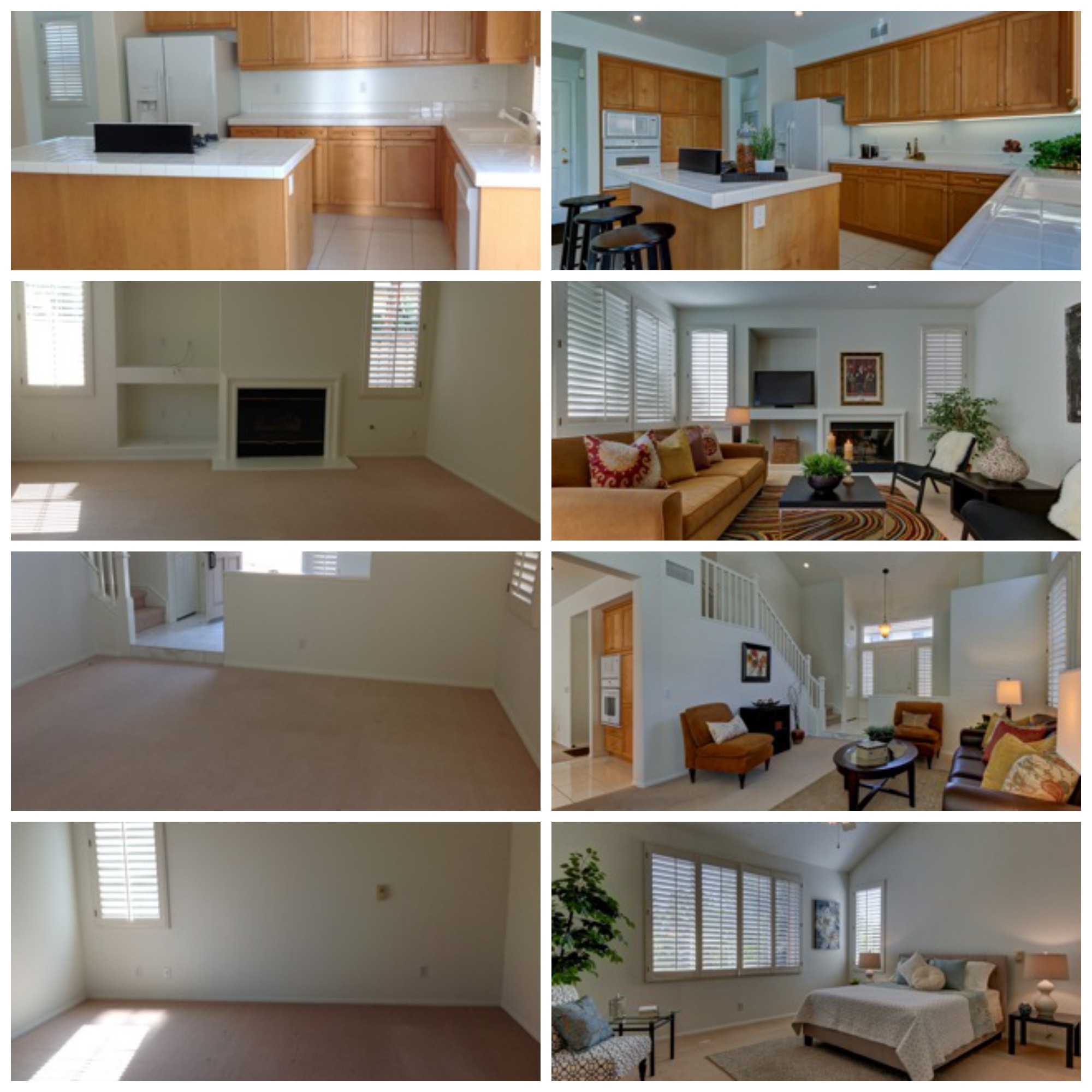
Professional home staging showing before (on the left) and after (on the right). Project cost: $2,500. Before being staged, this home sat on the market for 2 months. After professional staging the home was sold in a week.
How much time do your projects usually take to complete? How much time should a homeowner allow for a professional staging project?
It takes a couple of days before the staging to gather accessories, pick out furniture (rented or owned) and make sure everything is packed up and ready to go for the delivery to start the staging. The actual staging of furniture and accessories takes a day and a half. The day after staging is when my professional photographer takes the photos for the MLS. Photos of the home is one of the most important things to do for the listing.
Does a home require an all-over staging or do you just focus on certain rooms?
I always suggest that the main rooms are staged. This includes the entrance or foyer, living room, dining room, kitchen, family room and master bedroom en-suite (this includes the master bathroom). This keeps the costs down for staging.
Which home improvement projects provide the best return on the dollar at time of sale?
Using the 2012 Home Gain survey, the number one ROI is “clean and de-clutter” which had an average cost of $402, an average benefit of $2024, an ROI of 403%, and was 99% recommended. Below are the top five recommendations:
- Clean and De-Clutter: Cost $402, ROI 403%
- Lighten and Brighten: Cost $424, ROI 299%
- Repair Electrical and Plumbing: $808, ROI 293%
- Landscaping: $564, ROI 215%
- Staging: Cost $724, ROI 196%
What’s the number one mistake homeowners make when trying to do their own home staging work?
The number one mistake homeowner make trying to do their own home staging is to make their home look worse. Easy mistakes people make: displaying improper photos, not designating rooms for a specific purpose, poor design, or bad color choices. These mistakes happen because homeowners can’t detach themselves from their home and look at each room objectively.
If you’re thinking of selling your home, check out the competitions’ Porch Home Report and take a look through their photos. Need a professional home stager? Find one on Porch today.
Top image credit: DC Redesign Home Staging & Design
